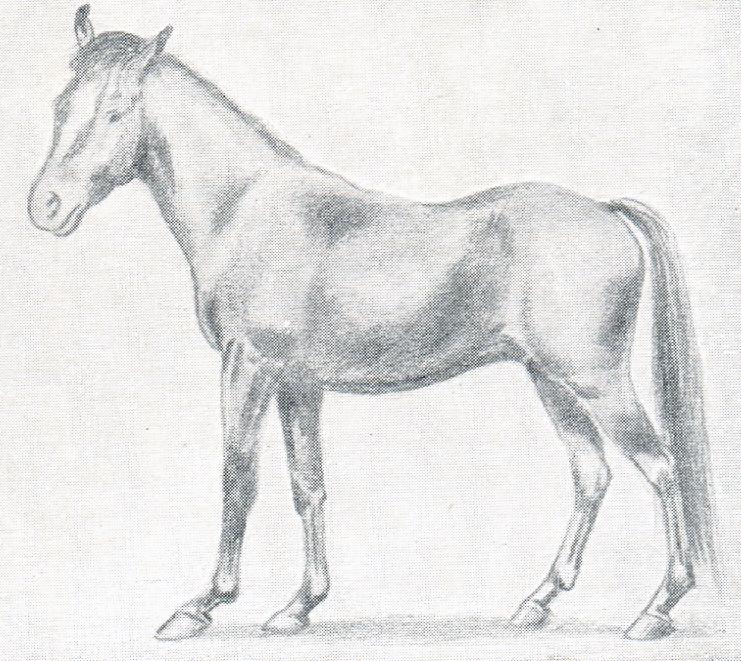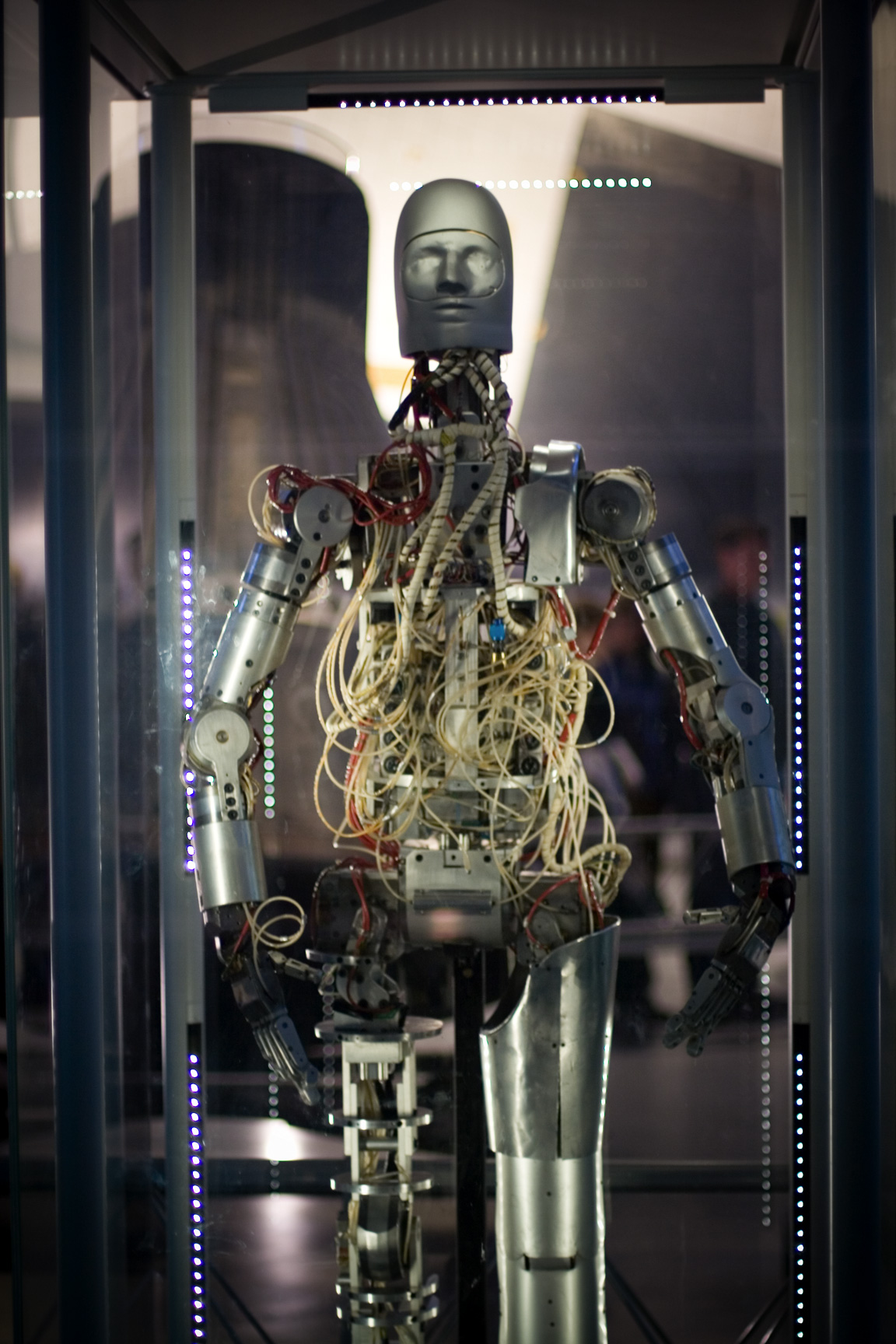
Horse trainers in the nineteenth century would try to win races by hook or by crook, even if it involved giving cocaine to their steeds or attaching electric currents to spurs and saddles. An inside look at the tricks of the trade was provided by an article in the December 18, 1900 edition of the Brooklyn Daily Eagle. An excerpt:
“The use of drugs, opiates or mechanical appliances to accelerate or deaden the speed of horses has been a common practice on our race tracks for many years, but in England these practices were totally unknown until the advent of the American trainer, who brought with him the modern methods. So, it is little wonder that our English cousins threw up their hands in amazement when they saw the sudden improvement worked by the mysterious methods of the Yankees. Ordinary selling platers of the commonest types became good handicap horses, while those of the latter division suddenly blossomed forth as stake horses. For a time they marveled. Then they began to suspect that the sudden improvement was due to other than ordinary training methods. While admitting that the superiority of the American style of riding had some bearing on this change of form, the Englishmen could not comprehend how horses purchased at a small price–horses which had never shown enough speed to get out of their own way–in the hands of the American trainers, developed wonderful speed, while these same horses, when sold by the shrewd Americans for a fancy price, as rapidly deteriorated to their pristine form and became utterly unable to win purses.

It is related that one inquisitive English trainer asked Lester Rieff one day at Newmarket what Wishard gave his horses to cause them to break away from the post so quickly and get into their stride at the very beginning of the race. ‘Feed them on pineapples,’ replied the jockey, confidingly. The trainer at once put his horses on a pineapple diet, with the result that he very nearly ruined his whole string.
The prevailing opinion that it is necessary for a jockey to pull his horse in order to lose a race is an entirely erroneous one. To the astute trainer there are a legion of ways by which he can increase or diminish the speed of a horse, and that without fear of detection. Ever since the shrewd American trainer began to cast about him for means by which he might gain an advantage over his rivals, the use of electricity has played an important part. The first known use of an electric battery in racing was with a mare named Marie Lovell, at the Gloucester track, over a decade ago. The battery used was the invention of a man named Tobin and was a rather primitive affair. It consisted of a leather belt, strapped around the jockey’s body, next to the skin, and containing eight cells, four on a side, and located under the armpits. Insulated wires ran down the inside of the boot and connected with the spurs. The horse above mentioned was at long price in the betting and won easily, to the great surprise of all those who were not in the game.

This battery was operated throughout the season without detection, one of its greatest successes being pulled off on the mare Gyda, at Guttenberg. This horse was at 100 to 1 in the betting and won handily. Before the race, the report was circulated that Gyda had run away, collided with an ice wagon and injured herself badly. In consequence of this report, and despite some desultory play on the mare, her price remained at the same high figure. The promoters of the scheme cleaned up at a fat winning on her race.
There were soon many improvements on the old body battery, the saddle battery attaining the most success. In this, the cells were concealed in the under part of the saddle. The wires ran down the stirrup leathers and connected with the stirrup irons. A steel plate, under the instep of the jockey, made the connection with the spurs. From this style of battery a very powerful flow of electricity could be obtained and it proved particularly magical in its effect on sulkers.
Another form of electric battery was concealed in the boot; another in the pockets, where the lead pads were kept, while still another was held in the hand and thrown away after the jockey had won the race and before he returned to the scales. Then there was the whip battery, which caused the horses to swerve badly, and was never a success.
After a time, it became extremely difficult to use an electric apparatus without fear of detection. The use of drugs, either hypodermically injected into the veins or else administered in a capsule, then came in vogue. Cocaine and other stimulating drugs were used and drenching, which consists of giving a horse exhilarating and courage-increasing drugs in a liquid form, also came into practice. On the outlaw tracks fully one-half the horses became ‘dope’ horses.”
•••••••••
Horse racing in 1897 at Sheepshead Bay, Brooklyn:


















